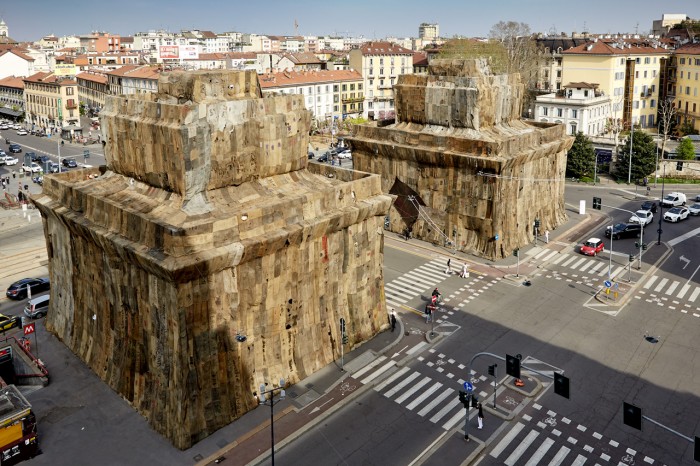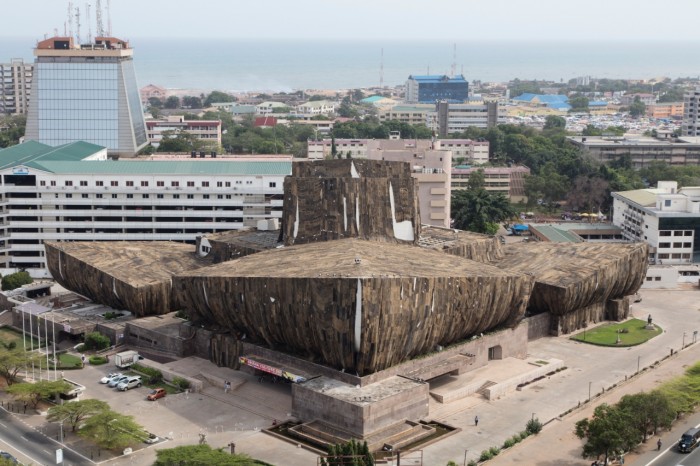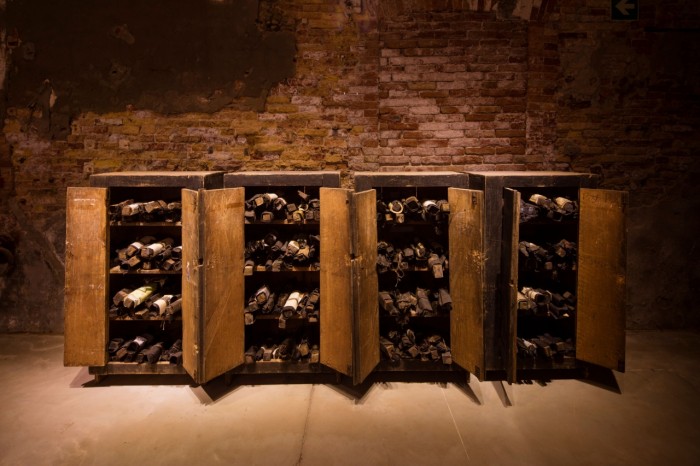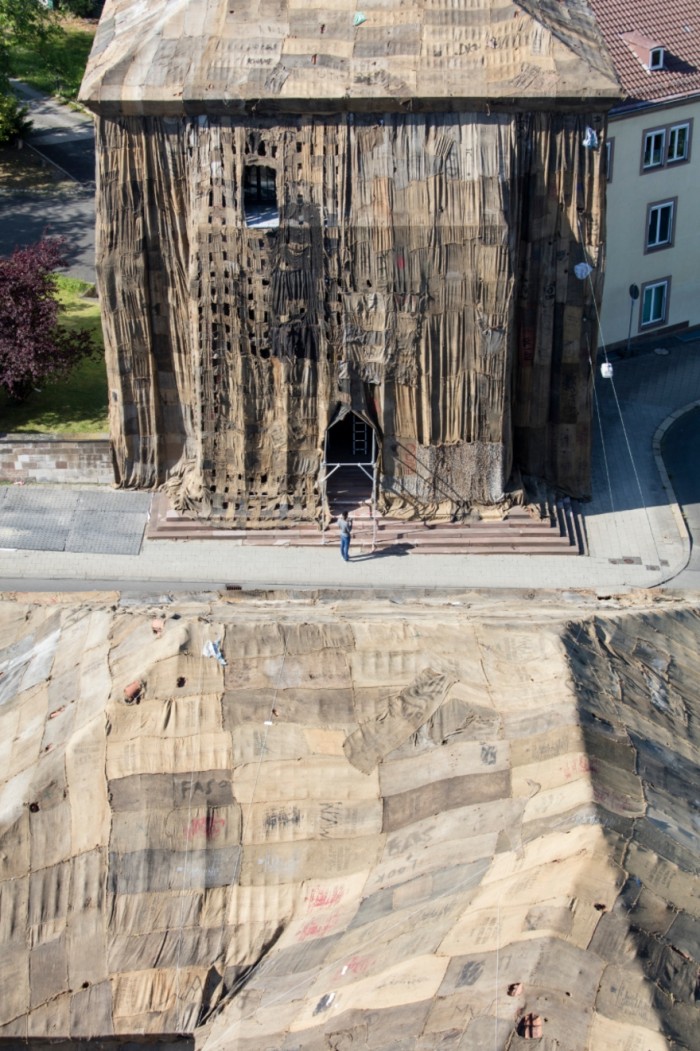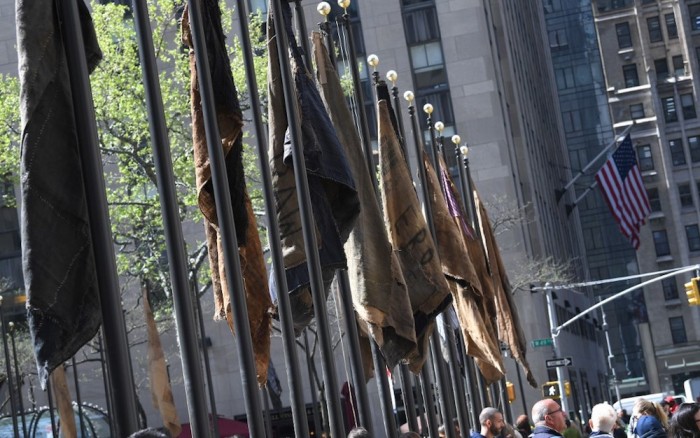Book your tickets for the 2020 Design Indaba Conference
Ibrahim Mahama’s jute sacks have draped the lavish walls of just about every significant building in the world of art and design from the toll booths in Port Venezia to the Accra National Theatre in Ghana.
These sacks have travelled across the world and have passed through many hands before reaching their prominent destinations. The jute sacks, made from hessian material, carry a deep and intricate history.
Ghana was once the lead producer and exporter of cocoa and these sacks, which were also manufactured in that country, were to transport these beans. Today, these sacks are manufactured in South East Asia and are imported by the Ghana Cocoa Boards.
However, to the people of Ghana, these versatile sacks can be used for pretty much anything. These sacks, with the character provided by their nicks and their loose ends, reflect the spectrum of life. “You find different points of aesthetics on the surface of the sacks’ fabric," says Mahama.
The artist’s interest in these sacks stems from his interest in "how crisis and failure are absorbed into this material with a strong reference to global transaction, and how capitalist structures work.”
We are proud that Mahama will be speaking at Design Indaba Conference in February 2020.
Mahama was born in Ghana, not too long after the nation gained independence from Britain. At this point in the country’s history, many people were excited to witness the promised transformation of this newly liberated nation.
The sacks embody these promises made to the people of Ghana. “The hessian sacks are important, because of the history that they have and how it is translated into other contexts. They provide multiple perspectives on painting and the position of art in the 21st century. The decay of the hessian sacks speaks to the unrealised freedoms of the 21st century,” he explains.
Mahama’s hessian sacks have garnered great admiration and also sparked significant conversations on the topics of commodities and labour.
Earlier this year, Mahama reconstructed the iconic United Nations flags as part of Frieze New York's inaugural Sculpture initiative at Rockefeller Center, the flags representing each state belonging to the UN is situated in front of the organisations headquarters in New York, and replaced them with 50 jute flags.
According to the artist the flags are a representation of how income and resource disparities still exist around the world.
The artist also took part in the 58th Venice Biennale, where his work was exhibited as part of Ghana's first ever pavillion at the prestigious art event. For the pavilion his work deviated from his famed use of the modest jute sack.
"The work exhibited at Ghana Pavilion was experimental and addressed the role of architecture in the 21st century,” says Mahama.
The exhibit includes some wooden crates, fish mesh, cloth and a variety of other materials.
For the Manchester International Festival this year Mahama transported major shipping containers filled with discarded materials and junkyard goods to the Whitworth Art Gallery in Manchester.
At the gallery Mahama set up rows and rows of second hand train seats and old cupboards filled with discarded books and old Ghana Parliamentary minutes. He called the completed installation 'Parliament of Ghosts'.
Come see this exciting artist in action in February 2020. Get your tickets now.
Read More:
SA artist uses cow dung to explore questions on perception and aesthetics

